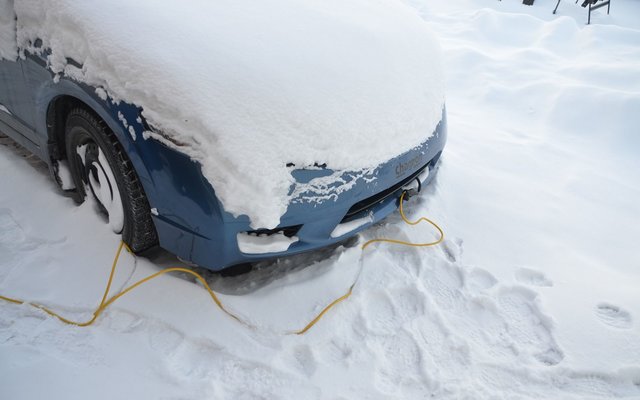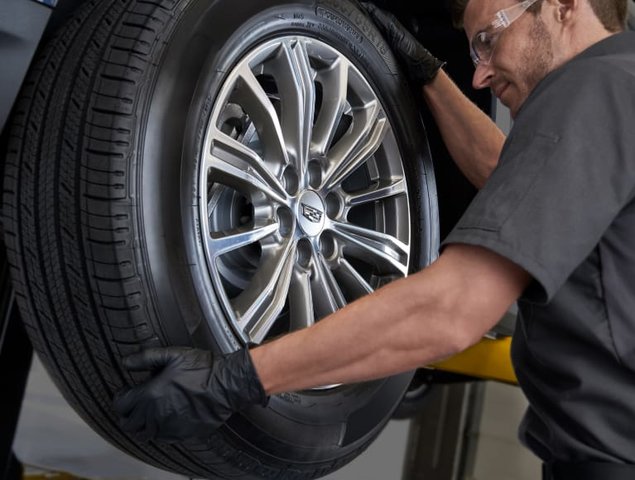Although not as popular as they once were, especially since not all city cars need them, engine block heaters are still on the market. But how do they work and, more importantly, do you need one?
Firstly, it’s important to understand how a block heater works. It’s a heating element—a bit like what you find in an oven—that is placed in the engine block immersed in engine coolant. When the block heater is plugged in to an electrical outlet, it heats the liquid and consequently the entire engine. As soon as you try to start the engine, the hot liquid is circulated throughout the system by the water pump.
If you live in an area where the temperature regularly dips below -20 degrees Celsius, an engine heater can be the difference between a car that starts and one that plays dead after a particularly cold night. What’s more, regardless of the outside temperature, having a warmer engine will get heat flowing into the passenger compartment more quickly.
Engine blocks are absolutely essential for diesel engines. Since this type of motor uses pressure and heat to create an explosion, extreme cold is guaranteed to prevent your vehicle from starting.
You can often negotiate the purchase of an engine heater when you buy a new car, with dealerships generally including them in the purchase price. Otherwise, you can have one installed in most independent garages. A heater costs about a hundred dollars and you’ll add a few hours of labour to have it installed. This includes time for the mechanic to empty and replace your coolant.









